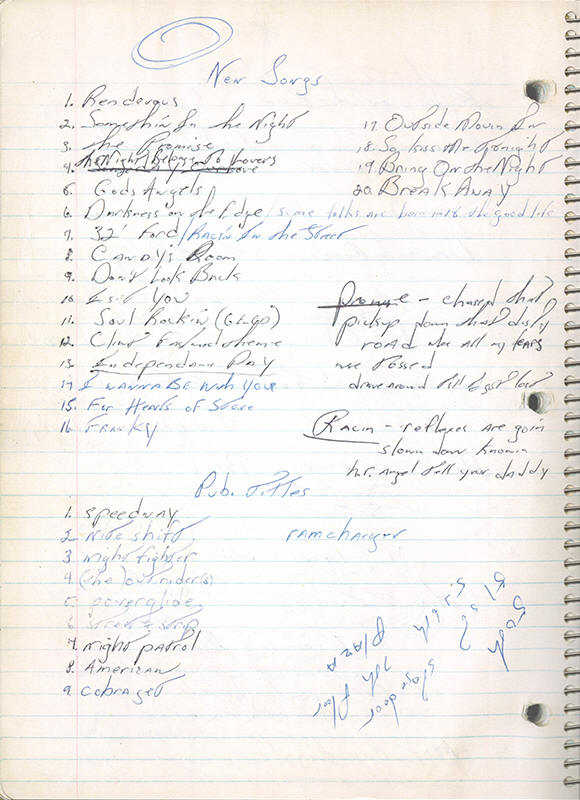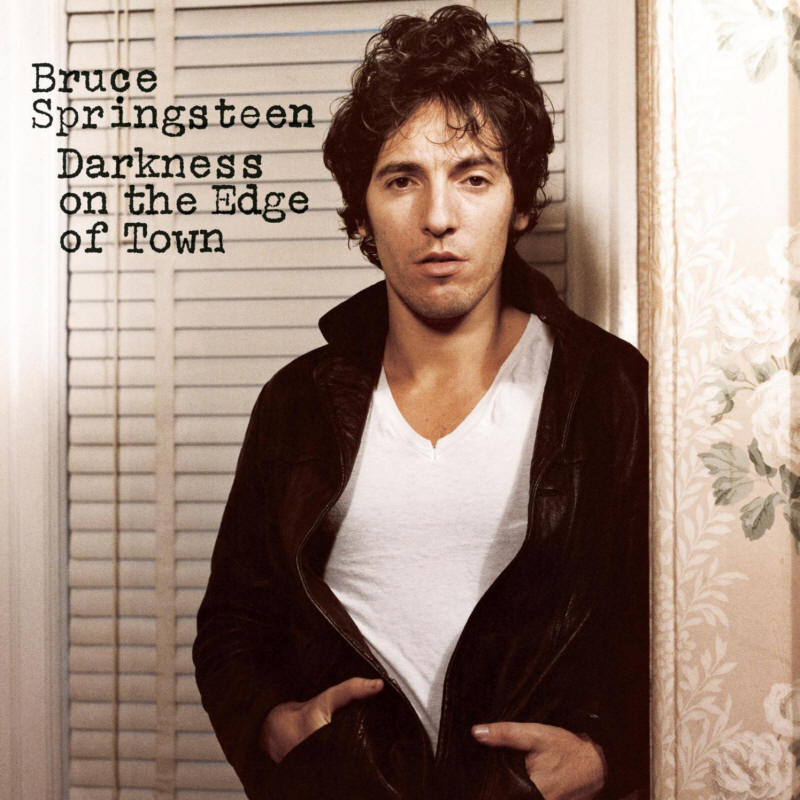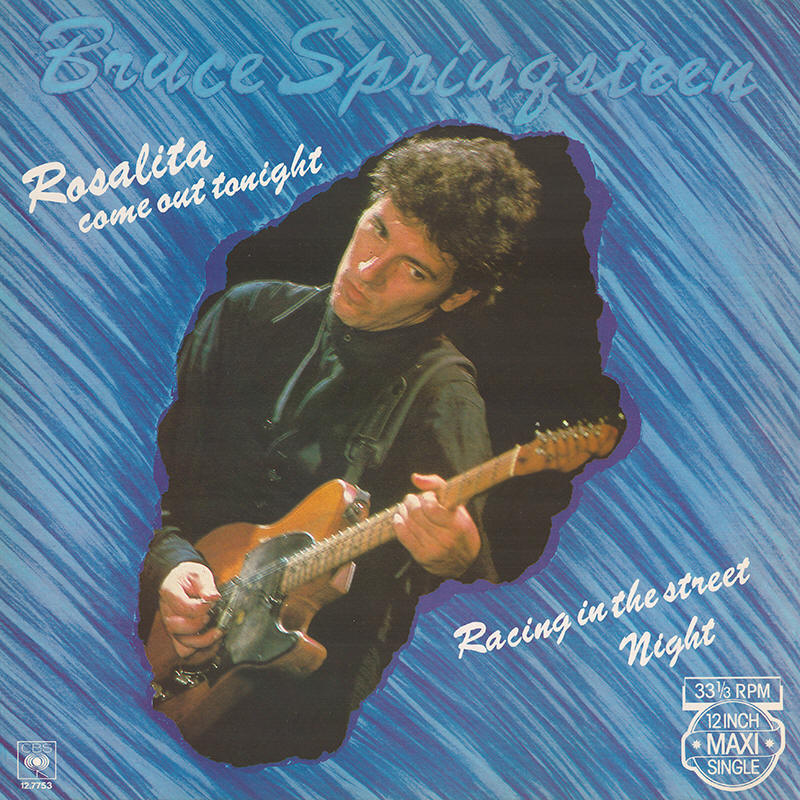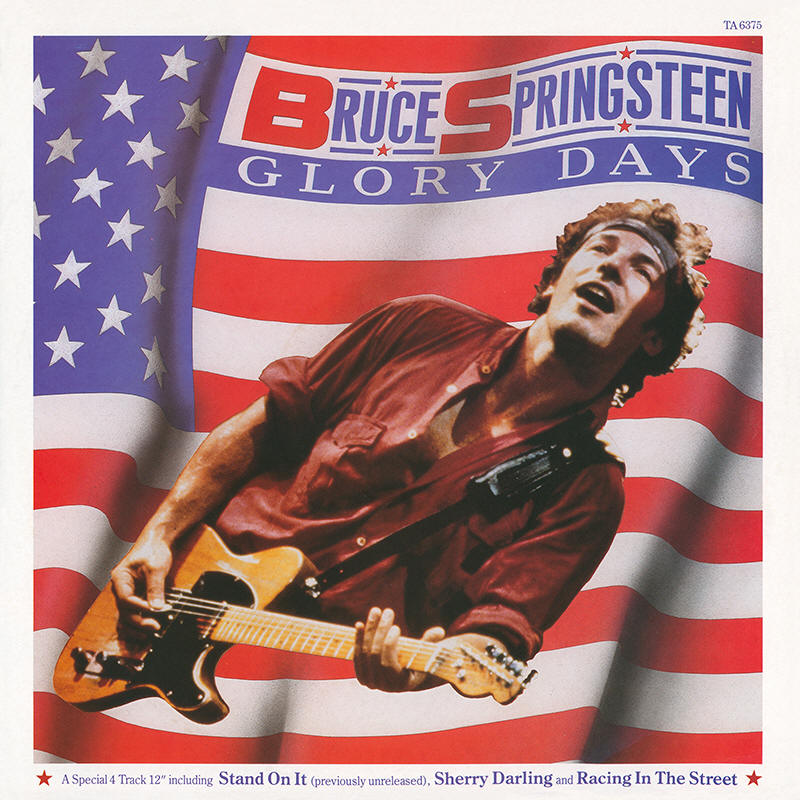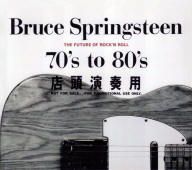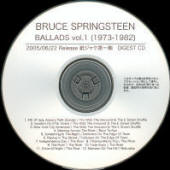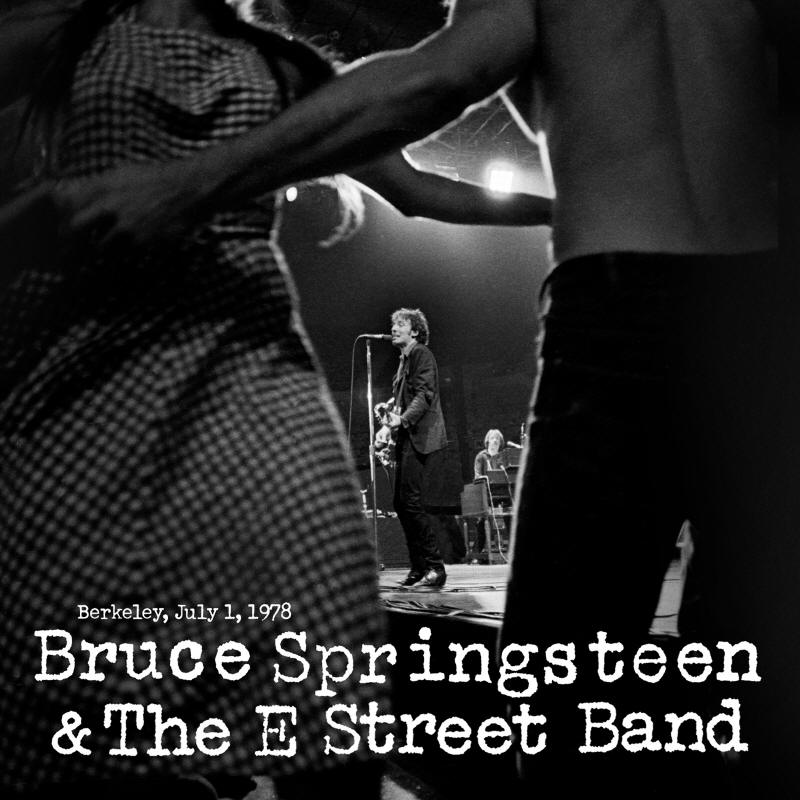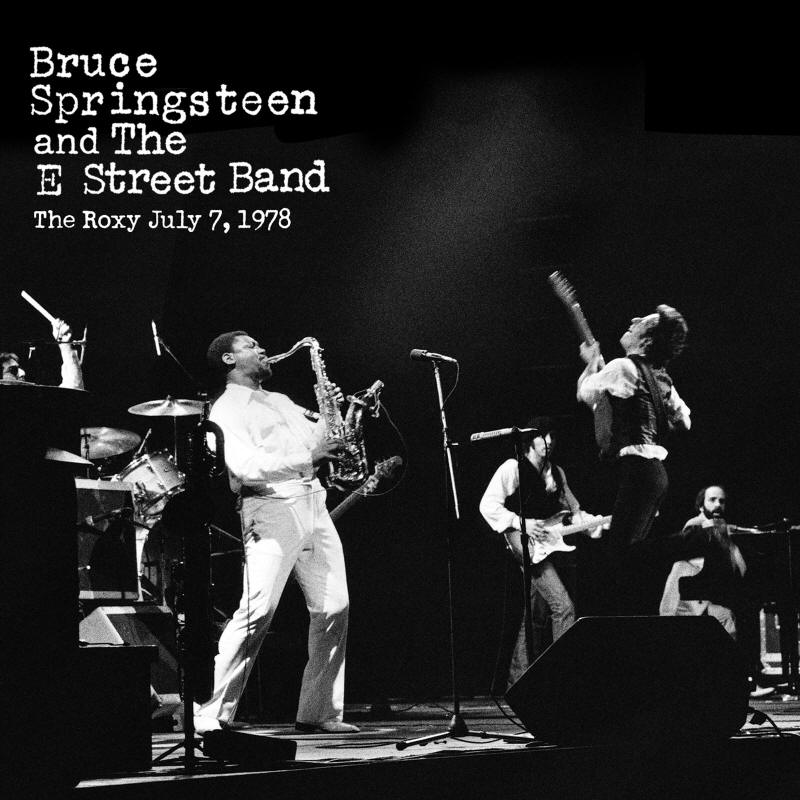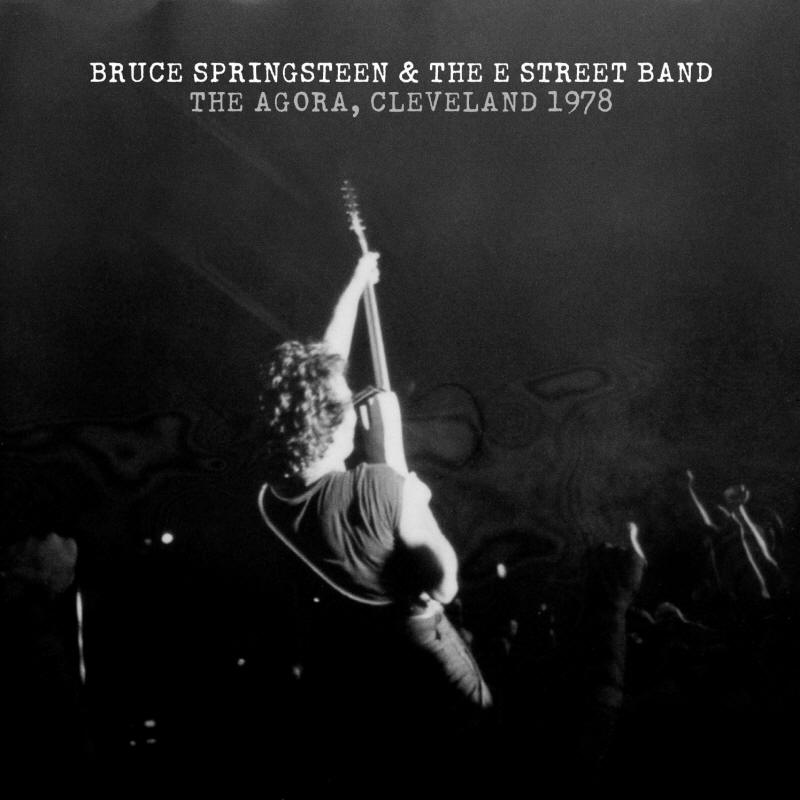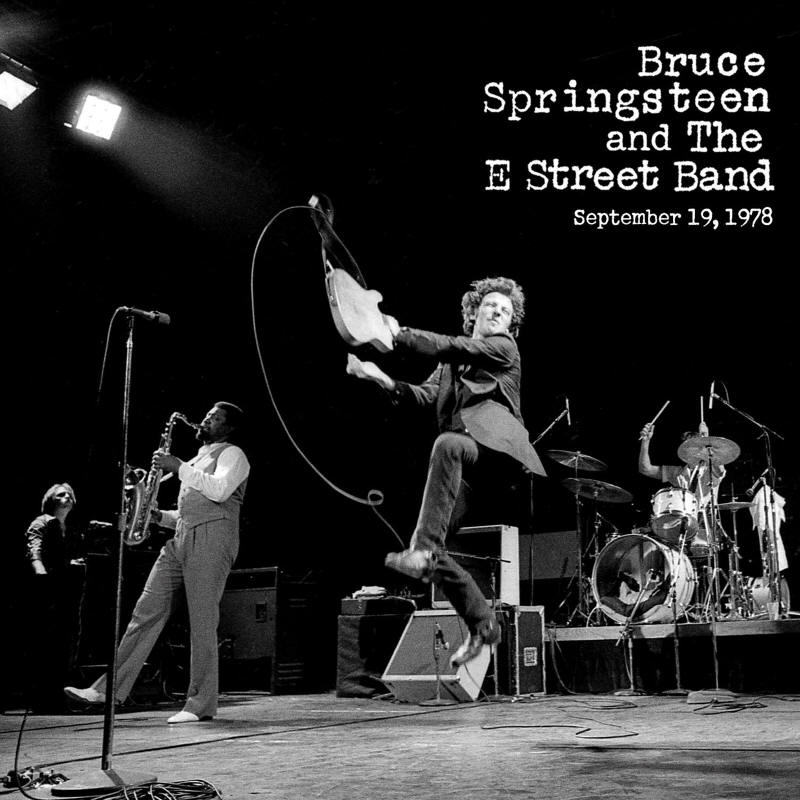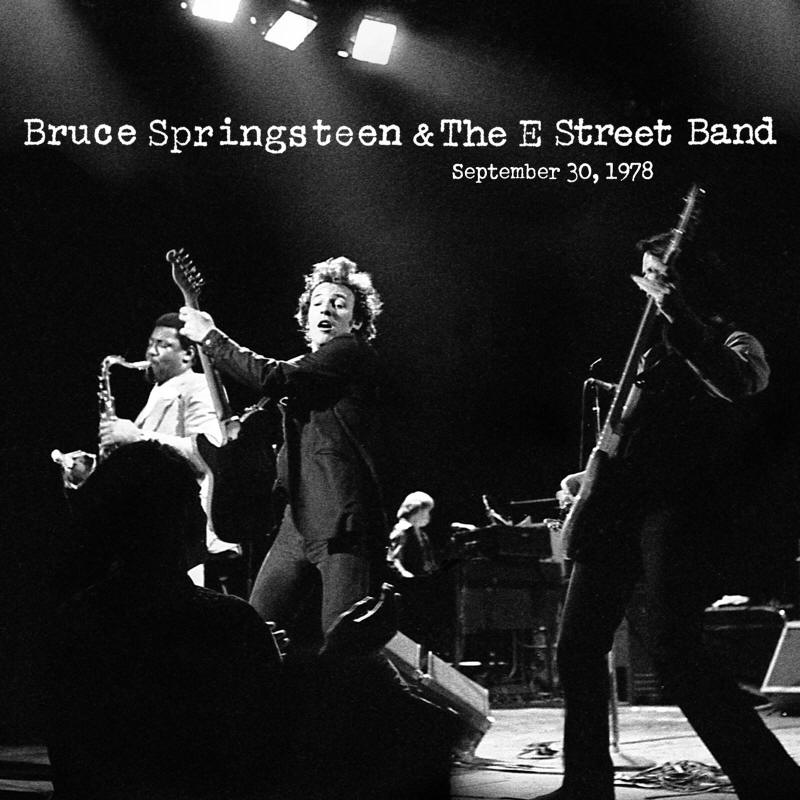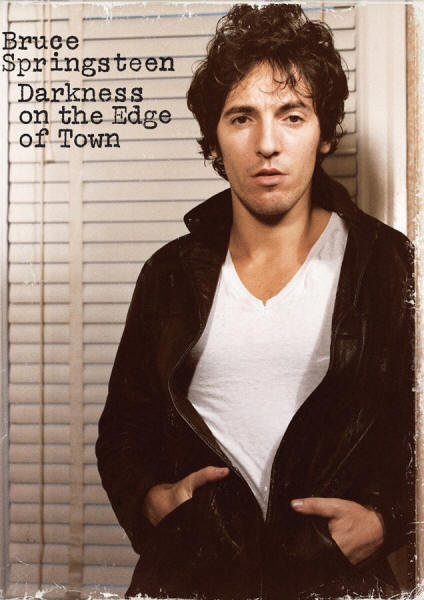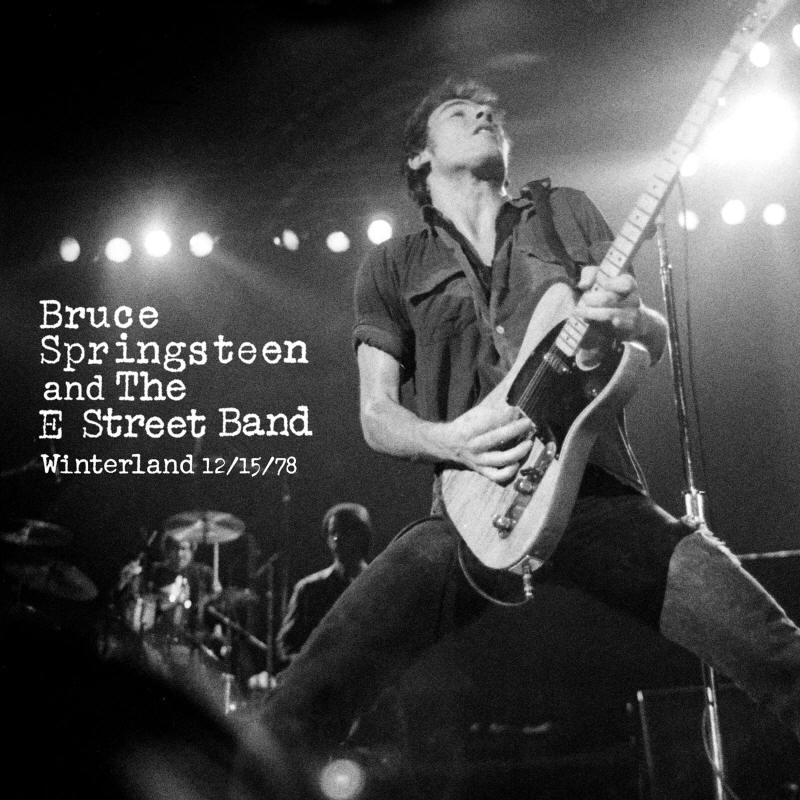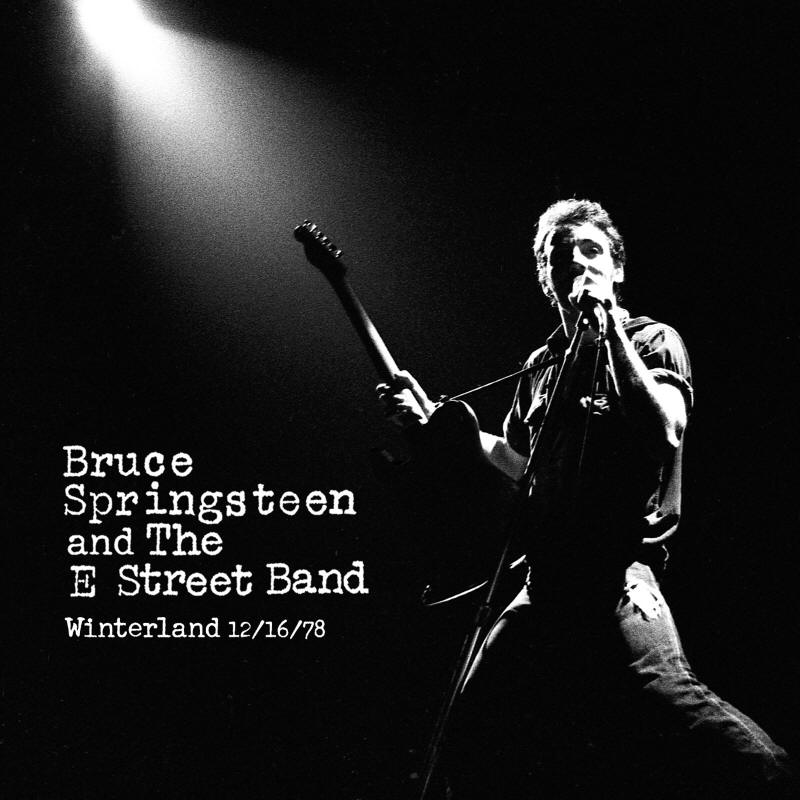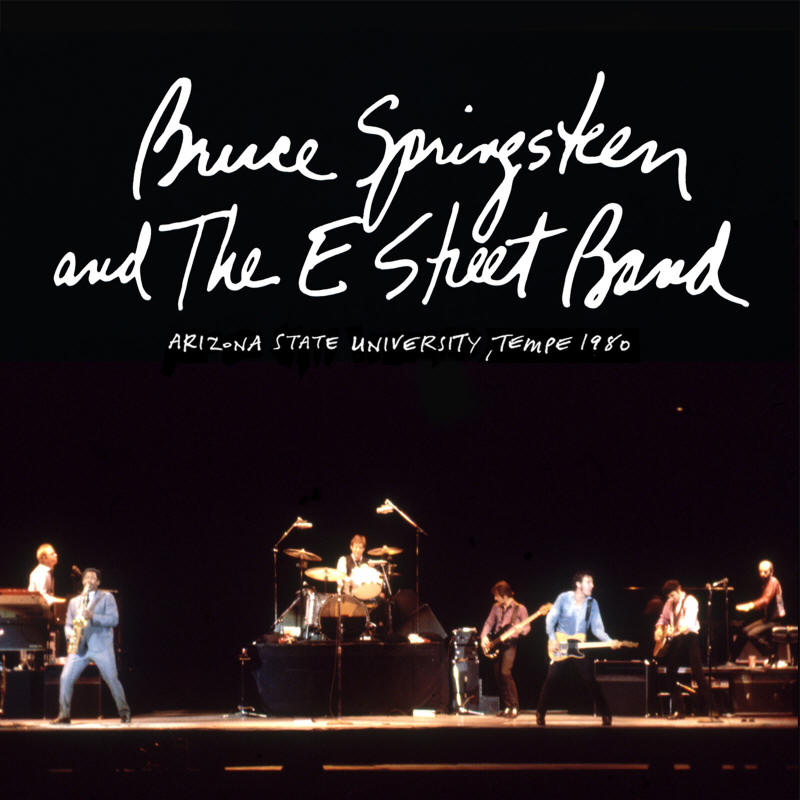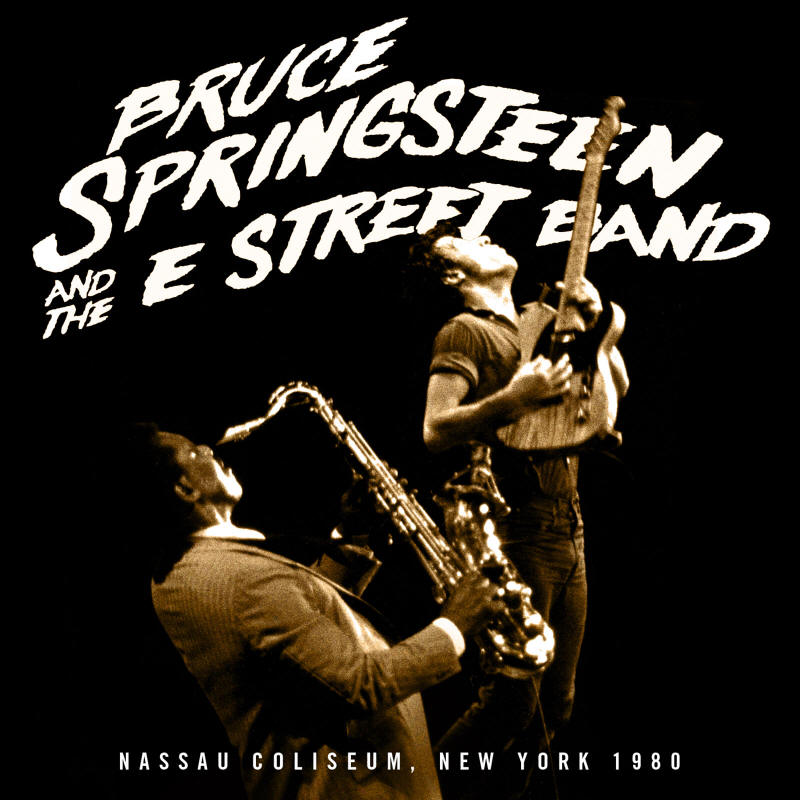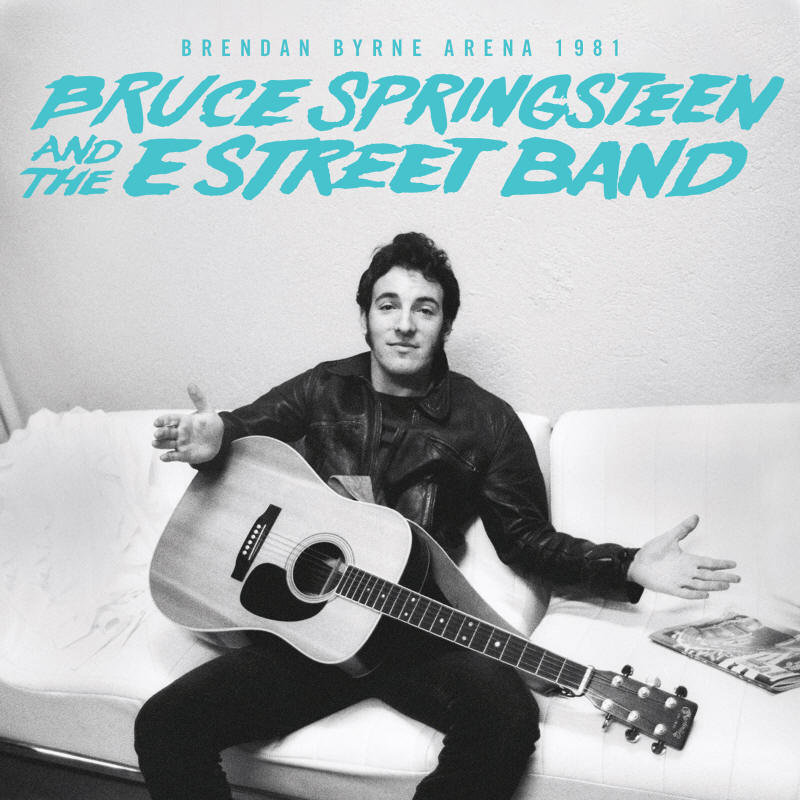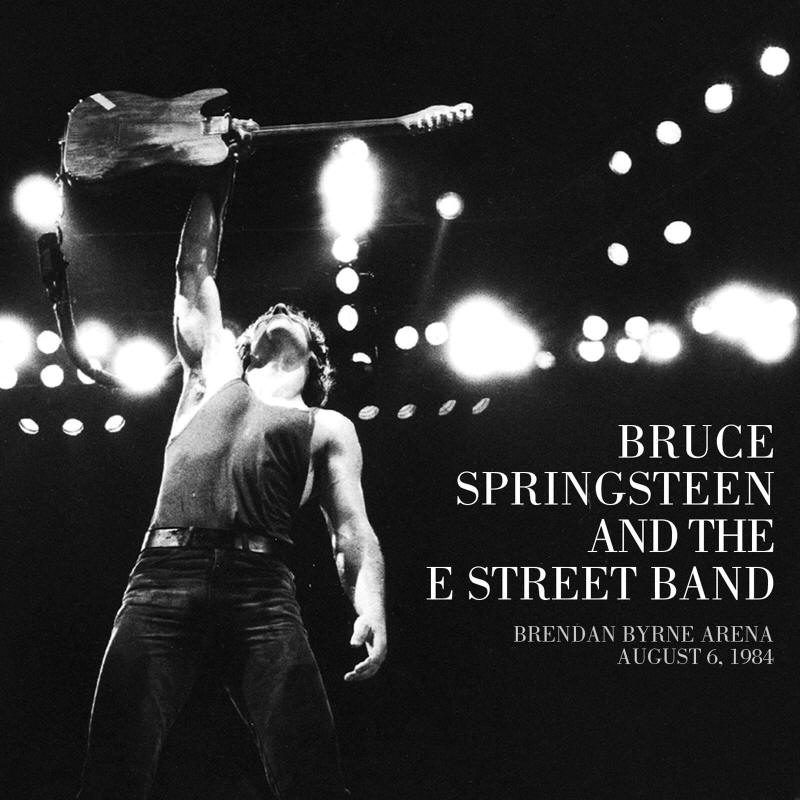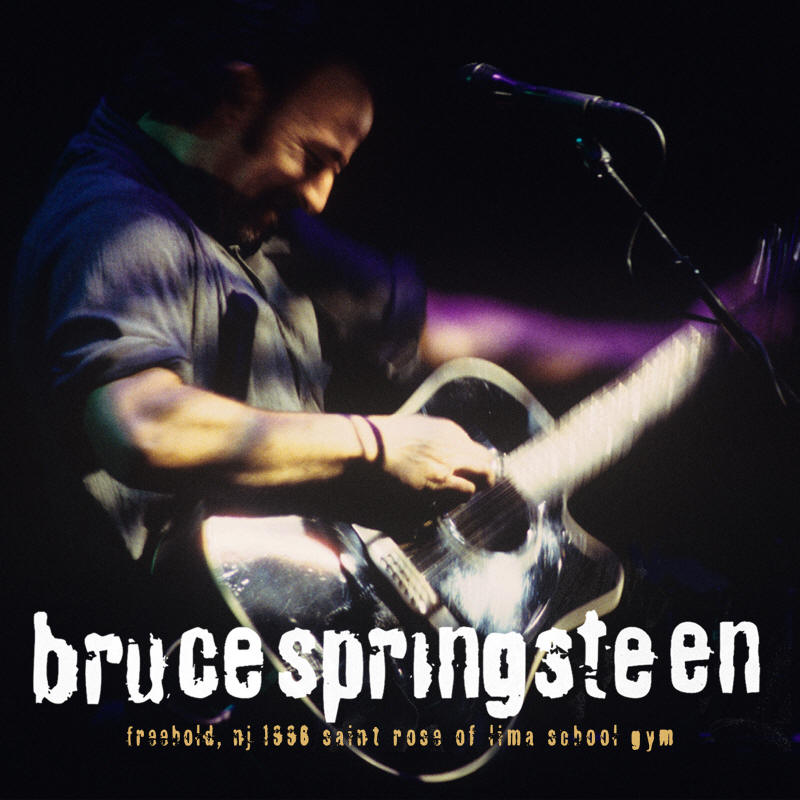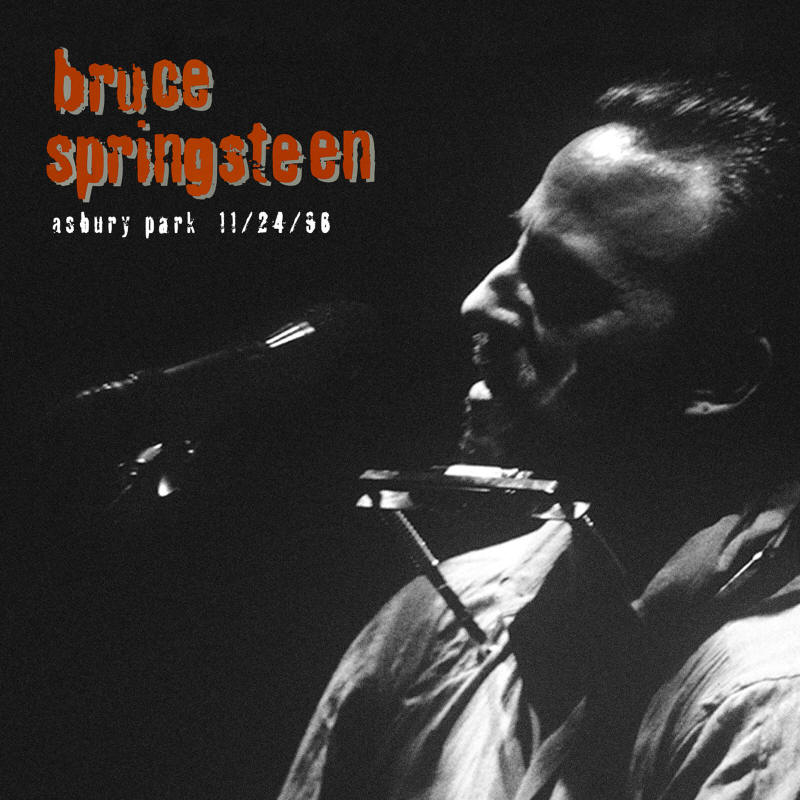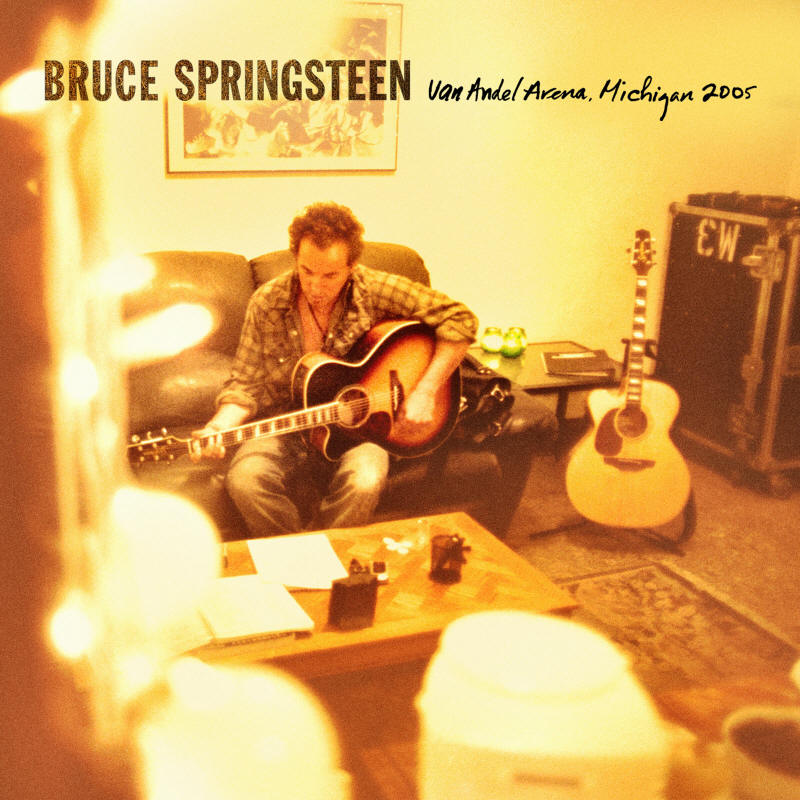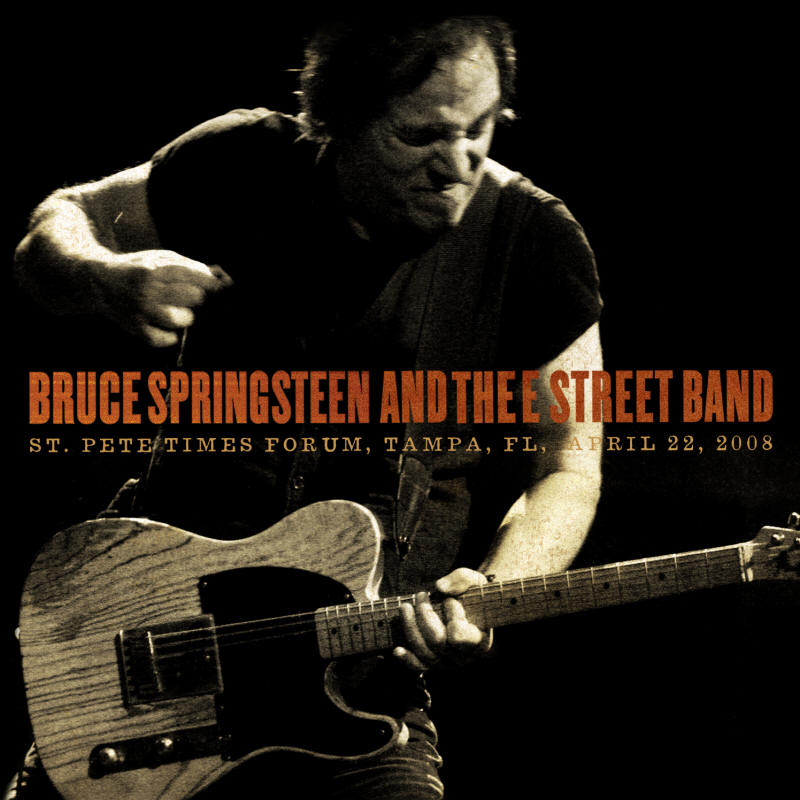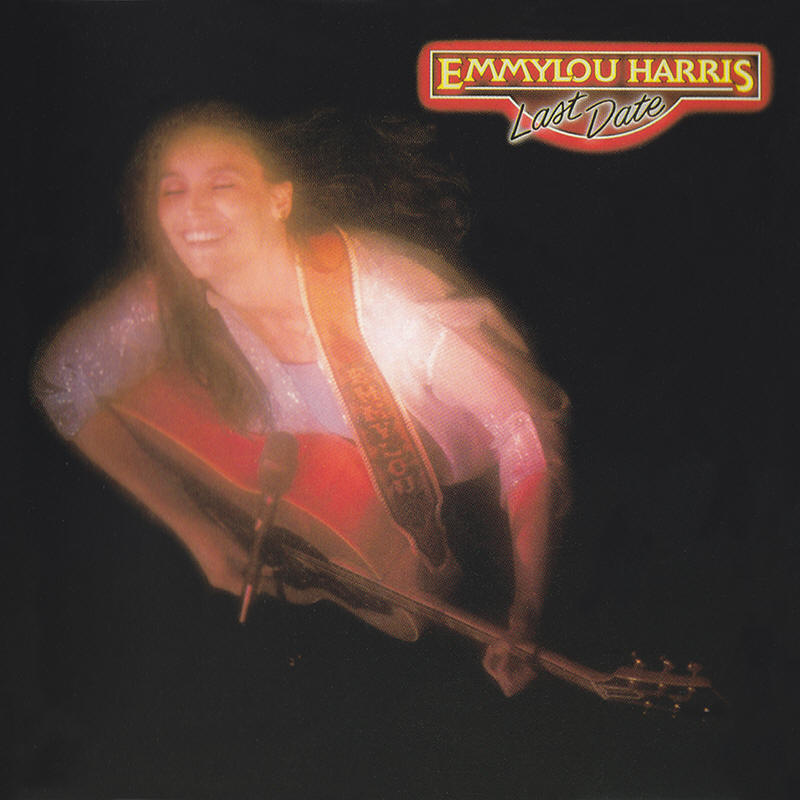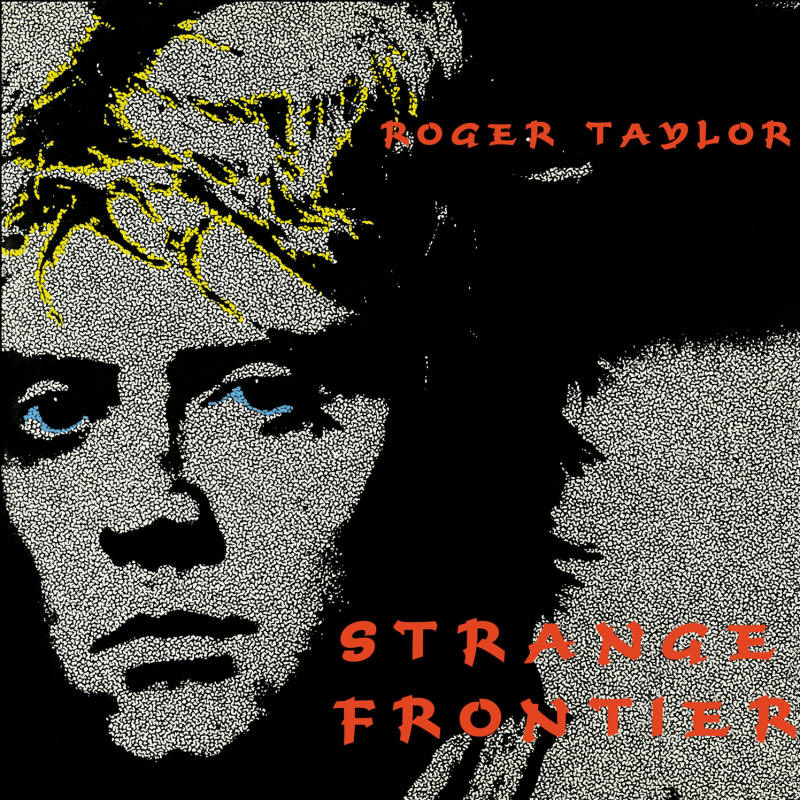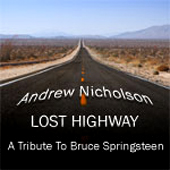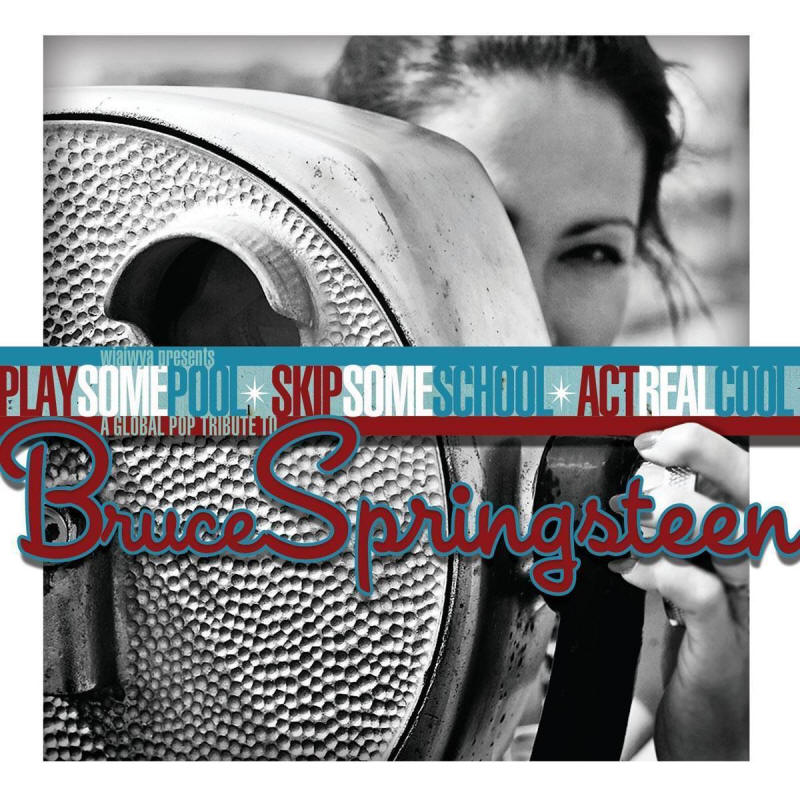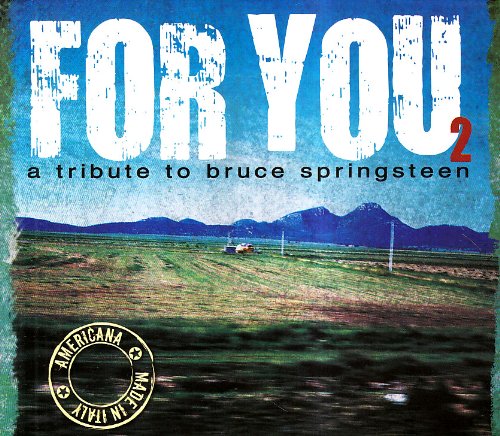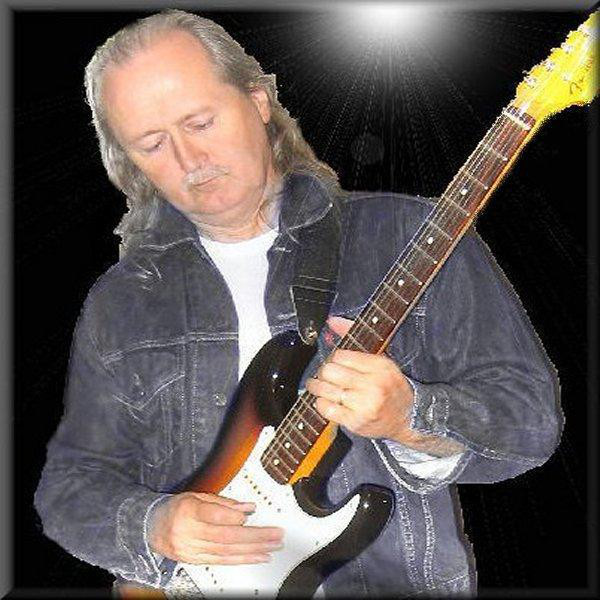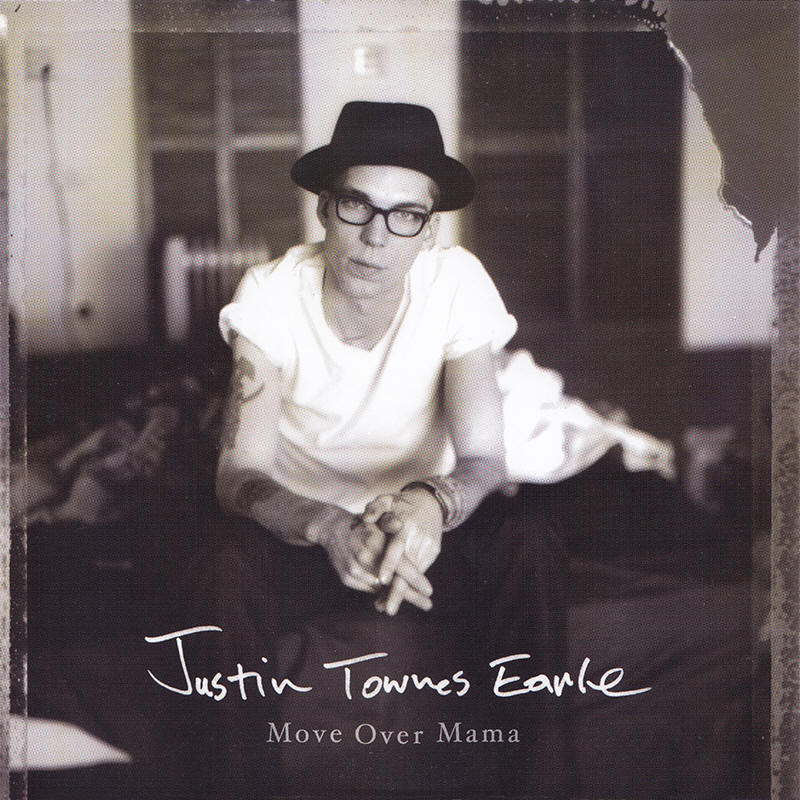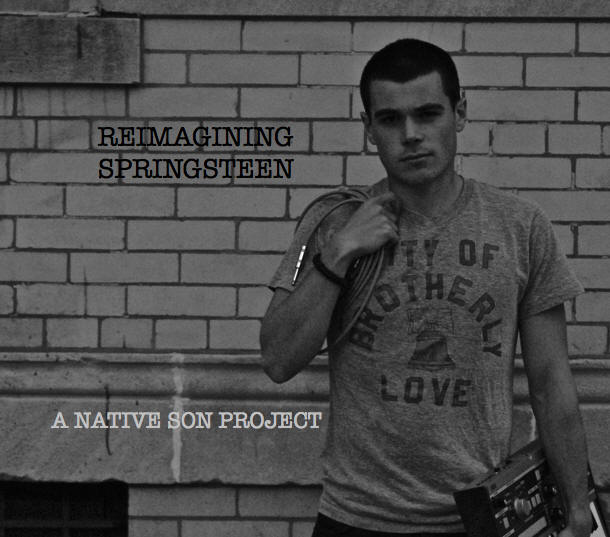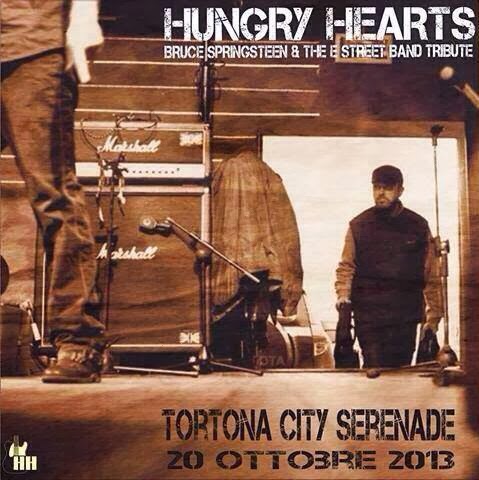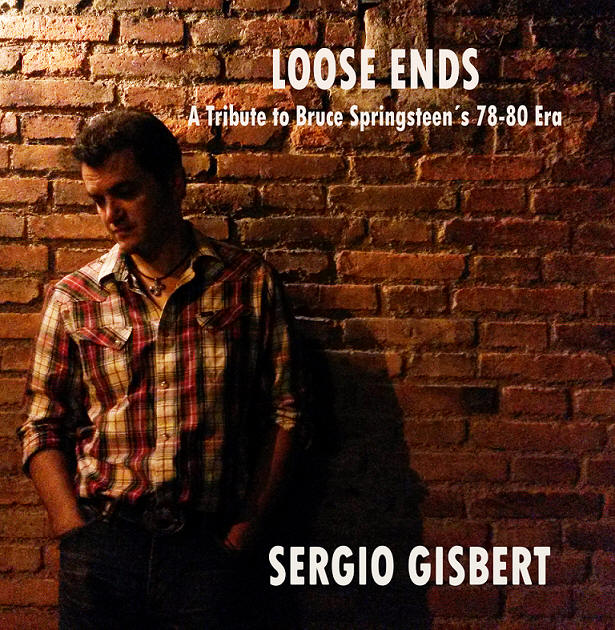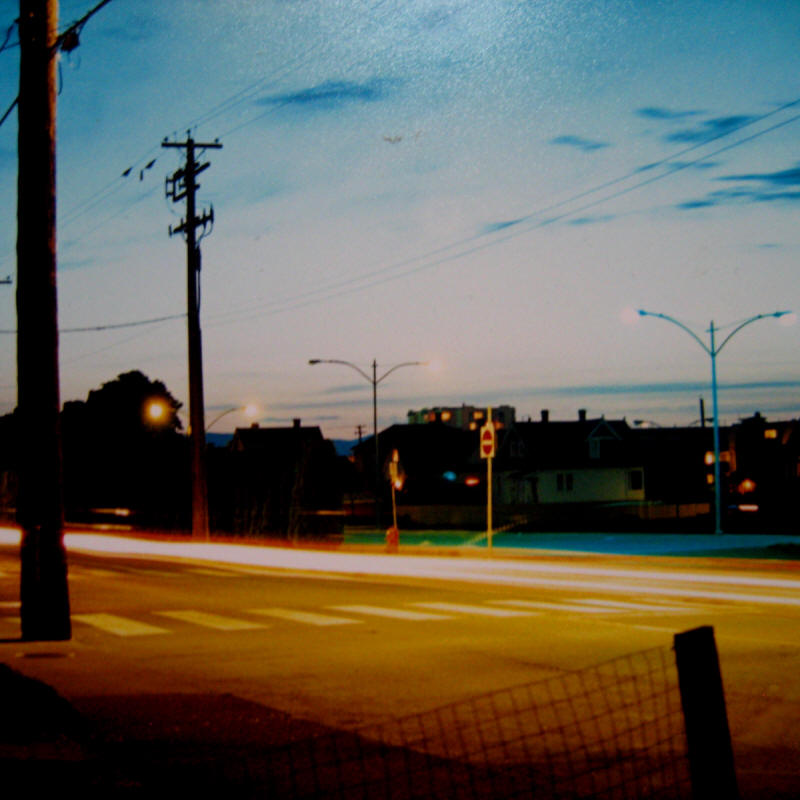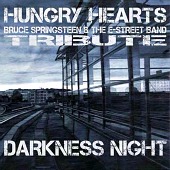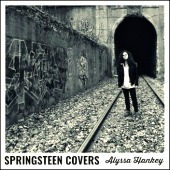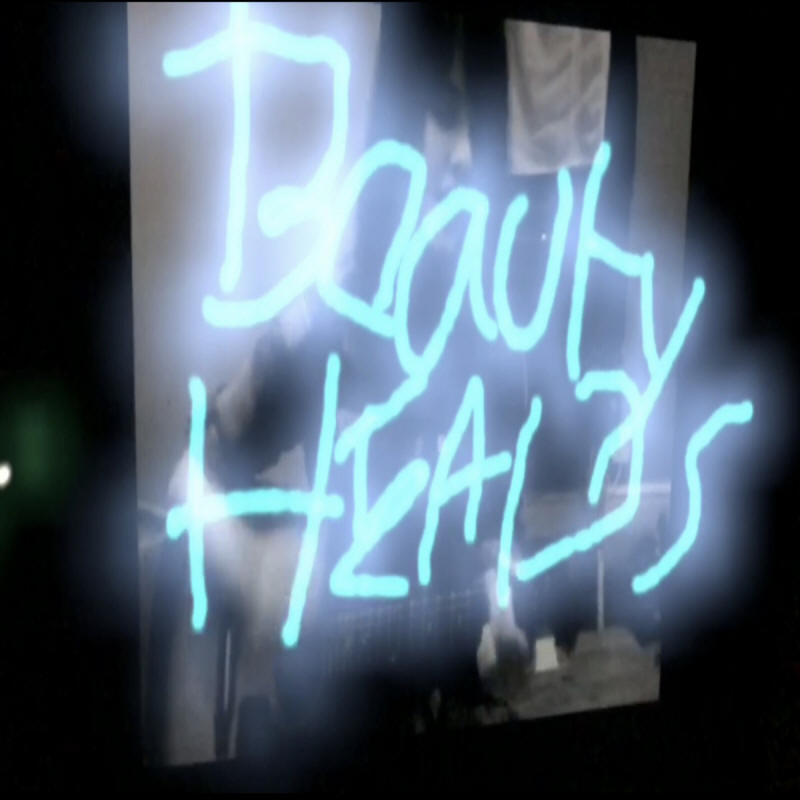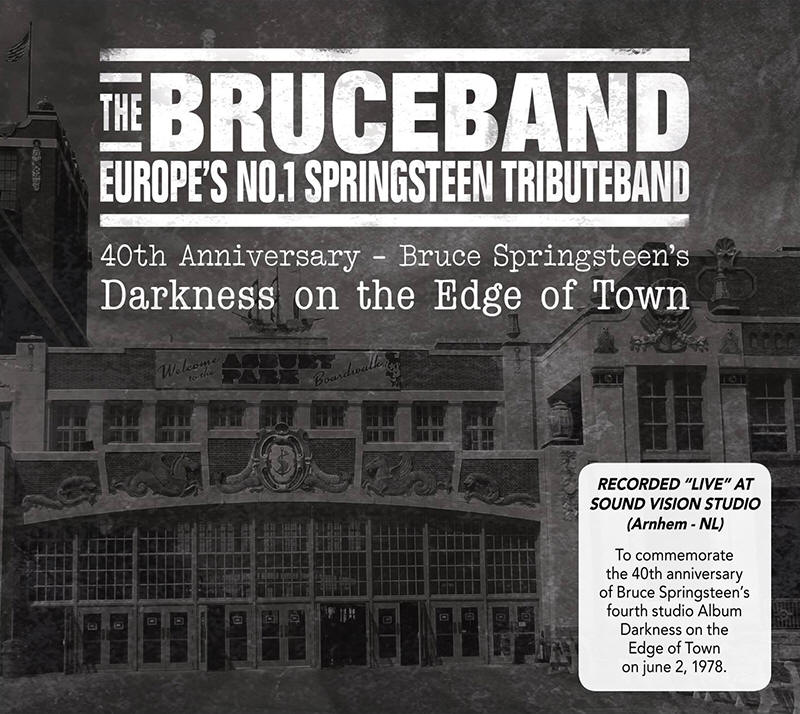RACING IN THE STREET 
Album version
I got a '69 Chevy with a 396, fuelie heads and a Hurst on the floor
She's waiting tonight down in the parking lot outside the 7-Eleven store
Me and my partner Sonny built her straight out of scratch and he rides with me from town to town
We only run for the money, got no strings attached, we shut 'em up and then we shut 'em down
Tonight, tonight the strip's just right, I wanna blow 'em off in my first heat
Summer's here and the time is right for racing in the street
We take all the action we can meet and we cover all the northeast state
When the strip shuts down we run 'em in the street from the fire roads to the interstate
Now some guys they just give up living and start dying little by little, piece by piece
Some guys come home from work and wash up and go racing in the street
Tonight, tonight the strip's just right, I wanna blow 'em all out of their seats
We're calling out around the world, we're going racing in the street
I met her on the strip three years ago in a Camaro with this dude from L.A.
I blew that Camaro off my back and drove that little girl away
But now there's wrinkles 'round my baby's eyes and she cries herself to sleep at night
When I come home the house is dark, she sighs, "Baby did you make it all right?"
She sits on the porch of her daddy's house but all her pretty dreams are torn
She stares off alone into the night with the eyes of one who hates for just being born
For all the shut down strangers and hot rod angels rumbling through this promised land
Tonight my baby and me we're gonna ride to the sea and wash these sins off our hands
Tonight, tonight the highway's bright, out of our way mister you best keep
'Cause summer's here and the time is right for racing in the street
PAGE UNDER CONSTRUCTION
Info
RACING IN THE STREET is a song written by Bruce Springsteen and released on his 1978 album Darkness On The Edge Of Town. The above lyrics are for Bruce Springsteen's album version of RACING IN THE STREET as released in 1978.
Writing and Recording
"'32 Ford" seems to be an early working title for RACING IN THE STREET. In a list titled "New Songs" that appears in the handwritten lyrics notebook that was reproduced in The Promise: The Darkness On The Edge Of Town Story box set (see scan below), among the songs listed is one titled "32' Ford", which is a lyric that appears in earlier studio versions of RACING IN THE STREETS. At a later stage, Springsteen added "Racin' In The Street" in different color ink right next to "32' Ford". The list likely dates from shortly before the June 1977 sessions since the majority of the songs on it were recorded at those sessions.
Proposed song lists for Springsteen's fourth album
In his 2012 book E Street Shuffle: The Glory Days Of Bruce Springsteen & The E Street Band, Clinton Heylin claims that one of the song's working titles was "Dying In The Street", a lyrics that appears twice in unofficial studio version 1. According to Heylin, Jon Landau told Nelson that RACING IN THE STREET was written around the time of THE PROMISE. That would date it's origin back to 1976.
The song's title and the chorus are a clear homage to Martha And The Vandellas' 1964 hit DANCING IN THE STREET.
According to Sony's logs of Bruce Springsteen's studio sessions, RACING IN THE STREET was first recorded on 02 Jul 1977 at Atlantic Studios in New York City, NY. Takes were also cut on 01-04, 10, 12, and 29-30 Aug 1977 at Atlantic Studios or The Record Plant in New York City, NY, and on 28-30 Nov and 06 and 09 Dec 1977 at The Record Plant. The song also appears in studio logs for mixing sessions that took place on 21-23 Mar 1978 at The Record Plant.
Three different studio takes of RACING IN THE STREET are in circulation. Two of these exist in two forms: the original ones, which can be found on bootlegs, and the officially released ones, which were overdubbed and tweaked before being released. This makes a total of five distinct studio versions of RACING IN THE STREET.
Unofficial studio version 1 is an early solo piano take that features some lyrics differences from later versions. It was most likely cut during the 02 Jul 1977 session at Atlantic Studios.
Unofficial studio version 2 is a full-band take that was eventually released on The Promise in 2010 after some overdubbing was done. It features some lyrics similarities to unofficial studio version 1 but includes an additional verse ("She sits on the porch..."). This take was likely cut sometime during the August 1977 sessions at Atlantic Studios or The Record Plant in New York City, NY.
The official studio version is the take that was released on The Promise in 2010. It's the same take as unofficial studio version 2; it uses the same instrumental track, though the instrumental outro runs about 32 seconds longer and contains overdubbed viola by David Lindley, and the same vocal track, though a small portion was overdubbed in 2010.
| Lines in original take: | Yeah the truth it hurts, we turn on the light and just to make it alright |
| Overdubbed lines: | And when I come home the house is dark, she sighs, "Baby did you make it all right?" |
Unofficial studio version 3 is a more developed full-band take that was eventually released on Darkness On The Edge Of Town after some overdubbing was done. This take was likely cut sometime during the August 1977 sessions at Atlantic Studios or The Record Plant in New York City, NY or sometime during the Nov-Dec 1977 sessions at The Record Plant.
The album version is the take that was released on Darkness On The Edge Of Town in 1978. It's the same take as unofficial studio version 3; it uses the same instrumental track, though it fades out about 6 seconds earlier, and the same vocal track, though a small portion was overdubbed. In his 1989 book Backstreets: Springsteen, The Man And His Music, Charles R. Cross, who likely had access to logs from the recording sessions, revealed that "take 46" is the one that ended up on the album. Of course, this must be the mix number ─ they made endless different mixes, not recorded the song 46 times.
| Lines in original take: | Well some guys they do it for the money because they don't know what else they can do
They get tired of living with nothing left at home, waking up in a world that somebody else owns
Tonight, tonight the strip's just right, I went with the fools and the wild was me |
| Overdubbed lines: | Now some guys they just give up living and start dying little by little, piece by piece
Some guys come home from work and wash up and go racing in the street
Tonight, tonight the strip's just right, I wanna blow 'em all out of their seats |
In his 2019 book Bruce Springsteen: The Stories Behind The Songs, Brian Hiatt interviewed Springsteen's longtime recording engineer and archivist Toby Scott who told him that he thinks there are about six musically distinct versions of RACING IN THE STREET in Springsteen's archives. Hiatt also interviewed Max Weinberg who remembered that a "real Beach Boys version" of the song was recorded and has never leaked. Hiatt also wrote that "other drafts [of the song] didn't have a woman in it, and Springsteen consulted friends about whether to include her." Thom Panuzio, who worked as an assistant engineer at The Record Plant when was Darkness On The Edge Of Town recorded, told Hiatt, "It was more about being a loser hot rodder, and then it morphed into a love song".
Darkness On The Edge Of Town
Despite the marvelous reception received by both Born To Run and the tour which followed, the relationship between Bruce Springsteen and his now former manager and producer Mike Appel was deteriorating. In July 1976 the storm broke; Mike Appel wrote to Springsteen saying that he would not allow Jon Landau (Springsteen's friend and co-producer of Born To Run) to produce the next album, citing a particular paragraph from their original agreement. Bruce replied on 27 Jul 1976 by firing manager Mike Appel and suing him and his management company Laurel Canyon Ltd. in Federal Court in Manhattan, claiming fraud, breach of trust, and undue influence. Appel countersued on 29 Jul 1976 in New York State Supreme Court, asking the court to prohibit Springsteen and Jon Landau from working together in studio. Bruce Springsteen and The E Street Band were slated to enter the studio that year for the recording of a new album, except that on 15 Sep 1976 the judge in the lawsuits case ruled that Springsteen was enjoined from any further recording with Columbia Records until Appel's suit was resolved. This would drag for about a year.
Meanwhile, Springsteen continued gigging, and in the process broke his self-imposed rule of not playing the larger arenas. This was basically because he was not able to put a record out, and it was the only way his fans would be able to hear him at all.
Bruce Springsteen reached a final settlement in his yearlong litigation with Mike Appel on 28 May 1977. Effectively this meant that for the first time in a year Springsteen was able to go into a studio and record. The Darkness On The Edge Of Town recording sessions kicked off in early June 1977 at Atlantic Studios in New York City, NY, and later shifted to The Record Plant in New York City, NY. Springsteen had a considerable amount of new material, but the songs were in various stages of writing completion. Consequently many of the songs were shaped over the course of numerous sessions spanning several months.
The sessions at Atlantic Studios were only two or three weeks old when problems surfaced. Springsteen didn't like the sound he was getting from the studio, particularly the drums. On top of that Atlantic Studios did not offer a particularly comfortable or livable environment for the musicians. A decision was taken to shift operations to the nearby Record Plant where most of the Born To Run album had been recorded. However financial commitments to Atlantic Studios were already made, and on such short notice it was hard to find un-booked studio time at the popular Record Plant. Consequently the Jul-Aug 1977 period saw Springsteen and the band recording at both studios, but mostly Atlantic Studios. From September to late December, all the recording seems to have taken place at The Record Plant, where all the recordings issued on the original album emanate from.
The actual recording sessions for Darkness On The Edge Of Town were completed by early January 1978. The mixing sessions began in early January 1978 and dragged on until late March. There was a tremendous amount of different mixes considered, with Springsteen changing his mind on the mix of THE PROMISED LAND as late as early April.
Darkness On The Edge Of Town was released on Columbia Records on 02 Jun 1978. It was produced by Bruce Springsteen and Jon Landau.
Bruce Springsteen -- Darkness On The Edge Of Town
The album features 10 new Springsteen compositions and clocks at 42:55.
Other Official Releases
SECTION NOT YET COMPLETED
Bruce Springsteen -- The Future Of Rock'n'Roll / 70's To 80's
2xCD - CBS/Sony (XADP 90009~10) - Japan, 1988
Japan-only promotional 2-CD set sampler compiling 28 tracks from Bruce Springsteen's first nine albums plus two 1988 live B-sides.
Bruce Springsteen -- Ballads Vol. 1 (1973 - 1982)
CD-R - Sony (no catalog number) - Japan, 2005
Japan-only promotional "Digest" CDR advance sampler tying in with the release of the first six Japanese 2005 "mini-LP"-style Springsteen CD album reissues. This disc comes in a plain slimline jewel case with no artwork.
Other versions of RACING IN THE STREET were also officially released.
The
live 01 Jul 1978 version of RACING IN THE STREET was released on the
Berkeley, July 1, 1978 official live download in 2021.
The live 07 Jul 1978 version of RACING IN THE STREET was released on The Roxy July 7, 1978 official live download in 2018.
The live 09 Aug 1978 version of RACING IN THE STREET was released on The Agora, Cleveland 1978 official live download in 2014.
The live 19 Sep 1978 version of RACING IN THE STREET was released on the September 19, 1978 official live download in 2019.
The live 30 Sep 1978 version of RACING IN THE STREET was released on the September 30, 1978 official live download in 2020.
The live 08 Dec 1978 version of RACING IN THE STREET was released on The Promise: The Darkness On The Edge Of Town Story box set in 2010.
The
live 15 Dec 1978 version of RACING IN THE STREET was released on the
Winterland 12/15/78 official live download in 2019.
The live 16 Dec 1978 version of RACING IN THE STREET was released on the Winterland 12/16/78 official live download in 2019.
The live 05 Nov 1980 version of RACING IN THE STREET was released on the Arizona State University, Tempe 1980 official live download in 2015.
The live 31 Dec 1980 version of RACING IN THE STREET was released on the Nassau Coliseum, New York 1980 official live download in 2015.
The live 09 Jul 1981 version of RACING IN THE STREET was released on the Brendan Byrne Arena 1981 official live download in 2020.
The
live 06 Aug 1984 version of RACING IN THE STREET was released on the
Brendan Byrne Arena August 6, 1984 official live download in 2020.
The live 08 Nov 1996 version of RACING IN THE STREET was released on the Freehold, NJ 1996 Saint Rose Of Lima School Gym official live download in 2018.
The live 24 Nov 1996 version of RACING IN THE STREET was released on the Asbury Park 11/24/96 official live download in 2019.
The live 03 Aug 2005 version of RACING IN THE STREET was released on the Van Andel Arena, Michigan 2005 official live download in 2018.
The live 22 Apr 2008 version of RACING IN THE STREET was released on the St. Pete Times Forum, Tampa, FL, April 22, 2008 official live download in 2019.
The
live 13 Dec 2010 version of RACING IN THE STREET was released on
The Promise: The Darkness On The Edge Of Town Story box set in 2010.
Live History: on-tour
SECTION NOT YET COMPLETED
In preparation for the Darkness On The Edge Of Town Tour, RACING IN THE STREET is known to have been practiced on 19 May 1978 at Paramount Theatre in Asbury Park, NJ, during the only known/confirmed private rehearsal prior to the tour's start.
Live History: off-tour
SECTION NOT YET COMPLETED
RACING IN THE STREET was performed off-tour on 13 Dec 2009 at Paramount Theatre in Asbury Park, NJ, during the taping of Darkness On The Edge Of Town, Paramount Theatre, Asbury Park 2009 homes video, which was included on The Promise: The Darkness On The Edge Of Town Story box set in 2010. See the live 13 Dec 2010 version for more details.
Appearance in Movies
Bruce Springsteen's album version of RACING IN THE STREET appears in one movie.
Kurt Cobain About A Son
It was used in the 2006 documentary film
Kurt Cobain About A Son, directed by AJ Schnack. The song was not included in the film's soundtrack album.
Five songs from Bruce Springsteen's
Darkness On The Edge Of Town album were used in the film, and none of them was included on the film's soundtrack album. These are:
SOMETHING IN THE NIGHT,
BADLANDS,
CANDY'S ROOM,
THE PROMISED LAND, and
RACING IN THE STREET. Very brief snippets of each are played in the background and they can barely be heard.
Covers
SECTION NOT YET COMPLETED
At least 18 artists have recorded and released Bruce Springsteen's RACING IN THE STREET.
Emmylou Harris -- Last Date
LP - Warner Bros. (1-23740) - USA, 1982
This is a live album.
Roger Taylor -- Strange Frontier
LP - EMI (EJ 24 0137 1) - UK, 1984
German Boss & Friends -- Acoustic-Demo-2007
CD EP - no label (no catalog number) - Germany, 2007
This is a promotional Bruce Springsteen tribute EP.
Andrew Nicholson -- Lost Highway: A Tribute To Bruce Springsteen
CD - no label (no catalog number) - UK, 2008
This is a Bruce Springsteen tribute album.
Various artists -- Play Some Pool, Skip Some School, Act Real Cool: A Global Pop Tribute To Bruce Springsteen
2xCD - Where It's At Is Where You Are (WIACD20) - UK, 2009
This is a Bruce Springsteen tribute album. RACING IN THE STREET is performed by The Wave Pictures.
Various artists -- For You 2: A Tribute To Bruce Springsteen
2xCD - Route 66 Music (DTCDA005-2) - Italy, 2010
This is a Bruce Springsteen tribute album. RACING IN THE STREET is performed by Adrea Parodi & JT Van Zandt.
George Blades -- The World Of Music
Digital EP - no label (no catalog number) - UK, 2011
This is a download-only digital EP.
Justin Townes Earle -- Move Over Mama
7" single - Bloodshot (7 44302 01847 8 / BS 184) - USA, 2011
Native Son -- Reimagining Springsteen
Digital EP - no label (no catalog number) - USA, 2012
This is a download-only digital Bruce Springsteen tribute EP.
Roy Orbitron -- Darkness On The Edge Of Town
Digital EP - no label (no catalog number) - USA, 2012
This is a free download-only digital Bruce Springsteen tribute EP.
Hungry Hearts -- Tortona City Serenade
Digital album - no label (no catalog number) - Italy, 2014
This is a download-only digital live Bruce Springsteen tribute album.
Sergio Gisbert -- Loose Ends: A Tribute To Bruce Springsteen's 78-80 Era
CD - no label (no catalog number) - Spain, 2014
This is a Bruce Springsteen tribute album.
Himalayan Bear -- Moonlight And Rain: Two
Digital EP - no label (no catalog number) - Canada, 2015
This is a download-only digital Bruce Springsteen tribute EP.
Hungry Hearts -- Darkness Night
Digital album - no label (no catalog number) - Italy, 2015
This is a download-only digital live Bruce Springsteen tribute album.
Alyssa Hankey -- Springsteen Covers
CD EP - no label (no catalog number) - USA, 2016
This is a Bruce Springsteen tribute EP.
BeautyHeads -- TheBossCovers
Digital album - no label (no catalog number) - USA, 2017
This is a free download-only digital Bruce Springsteen tribute album. RACINTG IN THE STREET is titled "BossCover IV" on this release.
The Bruceband -- 40th Anniversary - Bruce Springsteen's Darkness On The Edge of Town
CD - no label (no catalog number) - Holland, 2018
This is a Bruce Springsteen tribute album.
Giusey And The Springtones -- One Night Only
Digital album - no label (no catalog number) - Germany, 2020
This is a download-only digital live Bruce Springsteen tribute album, recorded at The Stone Pony in Asbury Park, NJ.
Available Versions
List of available versions of RACING IN THE STREET on this website:
RACING IN THE STREET [Album version]
RACING IN THE STREET [Official studio version]
RACING IN THE STREET [Unofficial studio version 1]
RACING IN THE STREET [Unofficial studio version 2]
RACING IN THE STREET [Unofficial studio version 3]
RACING IN THE STREET [Live 01 Jul 1978 version]
RACING IN THE STREET [Live 15 Dec 1978 version]
RACING IN THE STREET [Live 06 Aug 1984 version]
RACING IN THE STREET [Live 13 Dec 2009 version]
RACING IN THE STREET [Live 07 Dec 2010 version]
Page last updated: 05 Nov 2020

